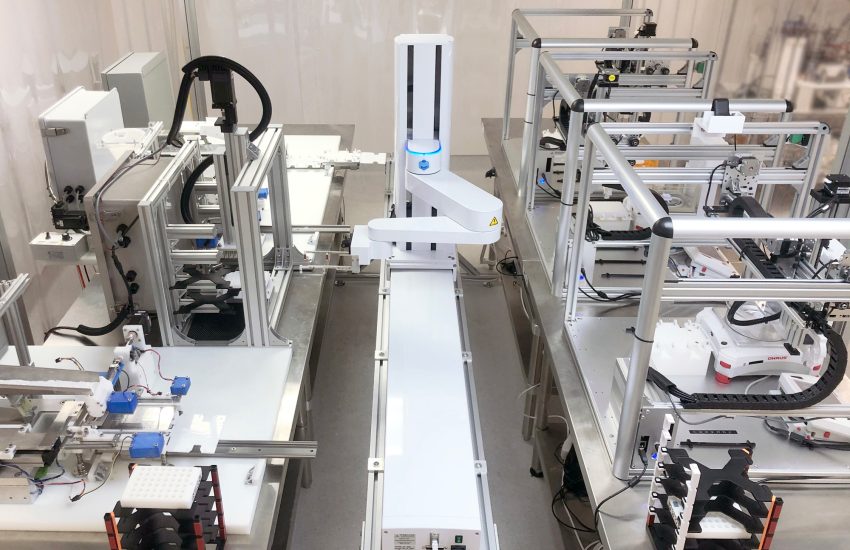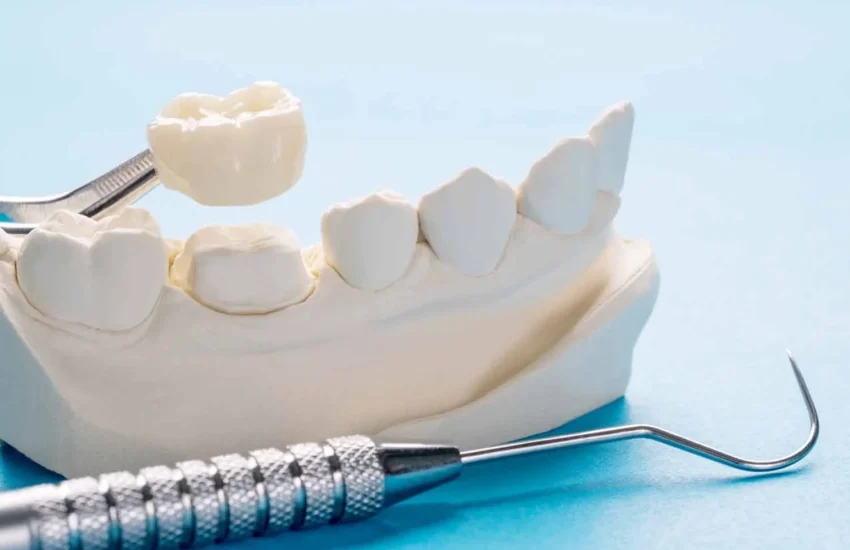What Is a THCa Vape? Everything You Need to Know Before Trying One
So, you’ve been hearing folks talk about THCa vape pens and you’re thinking, “What’s the deal?” You’re not alone. THCa vapes are making waves in the cannabis space for being a little different from what people are used to. They come packed with something called tetrahydrocannabinolic acid (say that five times fast), and they bring some interesting perks—but also come with a few things you should watch for. Let’s break it all down.
What Is THCa?
Let’s start at the top: THCa stands for tetrahydrocannabinolic acid. It’s what you find in raw cannabis before it’s been heated. Think of it as the “before” version of THC. As it stands in raw form, THCa won’t get you high. It doesn’t have the psychoactive punch you’d expect from THC. So you could technically eat raw cannabis and not feel stoned at all. (Though we’re not saying you should.)
Now here’s where it gets interesting: when you apply heat to THCa—like when you’re using a vape or lighting a joint—it converts into THC. That process is called decarboxylation. So even though the THCa itself isn’t buzz-inducing in its raw form, vaporizing it flips that switch by heating it up to the right temp. That’s why THCa vapes can definitely give you a psychoactive effect, depending on how you use them.
Legally speaking, THCa sits in a bit of a gray area. Under the 2018 Farm Bill in the U.S., hemp-derived products with less than 0.3% Delta-9 THC are federally legal. So some companies have found a loophole by selling THCa products because the THCa itself doesn’t count as THC—until you heat it up. State laws can vary though, so always double-check your local rules before ordering.
Benefits of THCa Vapes
Let’s talk perks. THCa vapes come with a few standout benefits that have gotten people curious lately. First off, they kick in pretty quickly. Because vaping sends cannabinoids into your system through your lungs, you usually feel the effects within minutes. That’s way faster than edibles, which can take up to an hour or more.
Another big plus? No combustion. Unlike smoking flower, vaping doesn’t burn anything—it just heats it to a specific temperature. That means fewer harsh byproducts, less irritation to your throat and lungs, and overall a cleaner experience. Basically, you still get to inhale, but you’re skipping much of the junk that comes with regular smoking.
Then there’s the dosing aspect. Because you control how many puffs you take and the temperature settings on many modern vapes, it’s easier to fine-tune your experience. Some people appreciate being able to start low and slow without going overboard all at once.
Oh, and if you’re in it for the flavor, you’re in for a treat. Vaping helps preserve terpenes—the aromatic compounds in cannabis that affect taste and smell. This means richer flavors and potentially more nuanced effects, depending on the strain used in your vape cart.
Risks and Safety Considerations
As with anything you’re inhaling, safety is something to keep in mind. While vaping has some advantages over smoking, it’s not risk-free. One concern that’s been raised is EVALI, which stands for e-cigarette or vaping product use-associated lung injury. There were some high-profile cases a few years ago, mostly linked to products containing vitamin E acetate. Still, they were a wake-up call about making sure you’re only using quality, tested products.
Chemical exposure is another issue. If a vape cartridge is made with low-quality ingredients or unsafe chemical additives, those could get into your lungs too. That’s why it’s so important to buy from reputable brands that provide third-party lab results. (If a brand won’t show you those, run the other way.)
It’s also worth noting that once THCa converts to THC, it can have similar effects and risks, including the chance of building a tolerance or developing a psychological reliance. While THCa in its raw form isn’t intoxicating, vaping does change that. If you’re using it frequently, it’s something to be conscious of.
Contamination is the final red flag. Cannabis plants can absorb stuff from the soil or the manufacturing process—like pesticides or heavy metals. Without testing, there’s no way to know what might be in your cart. So, again, lab reports are your best friend here.
Usage and Best Practices
So you’ve decided to give THCa vapes a shot—how do you make sure it’s a good experience? It starts with choosing the right product. Always look for vape carts or disposable pens that come with third-party lab testing certificates (COAs). These should confirm the cannabinoid content and show that there are no harmful residues or contaminants. Transparency really matters in the cannabis space, and trustworthy brands have nothing to hide.
Next up: store it the right way. Keep your vape cartridges in a cool, dark place, away from sunlight and heat. That helps maintain potency and flavor. And if your pen has adjustable settings, it usually helps to use the lowest effective temperature. Higher temps can give you bigger hits but might burn off terpenes or produce harsher effects.
Clean your vape pen regularly if it’s reusable. Nobody wants funky build-up in their next puff. And don’t forget to start slow—especially if you’re new to vaping cannabis products. Even though you can always take another puff, you can’t un-take the one that pushed things a little too far. So, go easy.
Also, avoid sharing vape pens with others. Not just because it’s a little unsanitary these days, but also because different people may have different tolerances. What’s a chill mellow for you might be too much for someone else.
Conclusion
THCa vapes are definitely an interesting option in the cannabis scene. They offer quick effects, controlled dosing, and a cleaner alternative to smoking. With the right product and usage habits, they can be a great choice for both casual consumers and folks looking for relief with fewer side effects. But as with anything, they come with their own list of potential downsides—especially when it comes to product quality and inhalation risks.
The key takeaway? Know what you’re buying. Choose brands that care about testing and transparency, and ease your way into it if you’re not used to vaping. As more people try out THCa products, we’ll likely see some changes in how they’re made, regulated, and talked about. But for now, a little knowledge and caution can go a long way in making your experience a




